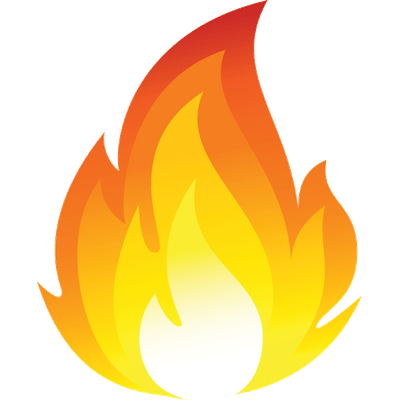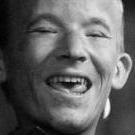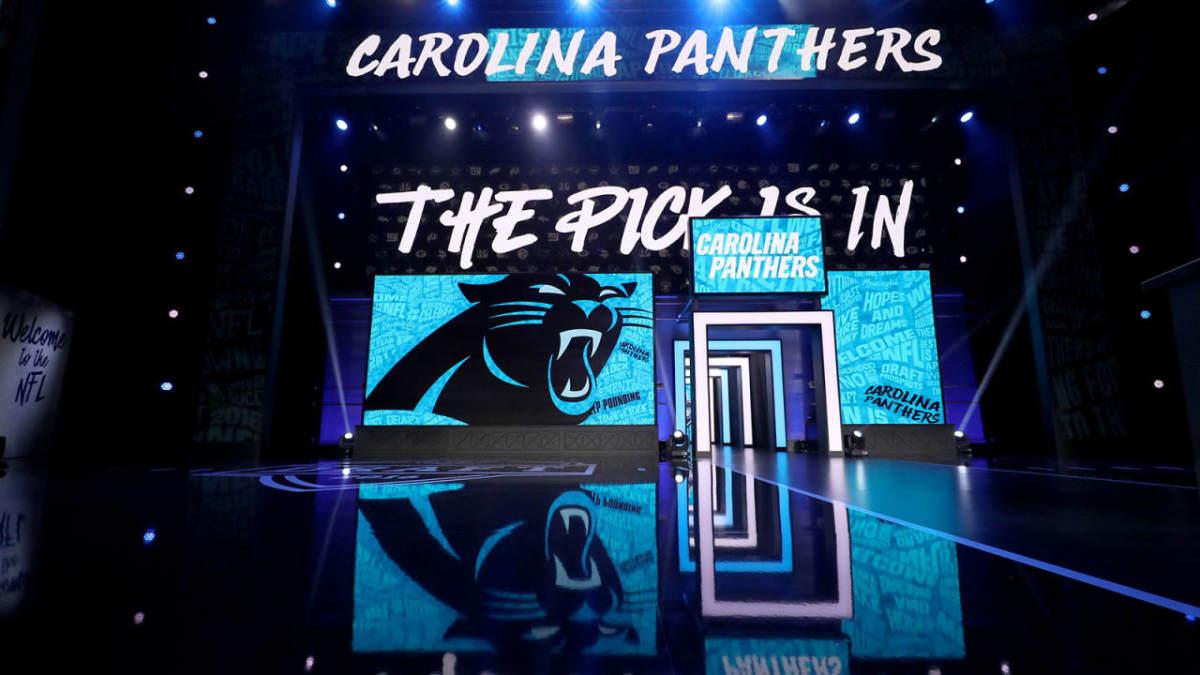-
Posts
31,132 -
Joined
-
Last visited
Content Type
Profiles
Huddle Wiki
Forums
Gallery
Everything posted by MHS831
-
I questioned the Sanders signing--any RB playing behind one of the best OLs in football....
-
I thought it was an acl so I will take it. A Hamstring can take from 1-6 weeks, and there are different assessments of the severity--so I wonder if this is some reporter needing clicks or if they know for sure?
-
In fairness, we have Henderson, a player who quietly leads the league in cushion allowed
-
If he is healthy--this would be nice.
-
Thanks. Funny how that was not newsworthy.
-
They went after him twice--when there is 10 yards to go for a first down and the WR catches the pass at 12 yards, then the CB takes 2 steps before making contact, his cushion is way too large. CJ was out of position on the PI call-lost and had no chance to make a play. I see your point about the call, but if he were not penalized, he was still lost.
-
Pay burns, build around him. Hats off the Zavala--not perfect, but a first game rookie vs some veteran talent.
-
My only concern is the Horn injury. Yes, we gave up 17 points off turnovers, but they torched Henderson--and a TE beat him deep. No excuse for that. I would not be surprised to see us bring in (or up) someone. If you need proof of his heart, watch him when he has a chance to make a tackle--especially in a crowd. Nobody is that un-athletic.
-
Yes--make Ridder beat you
- 182 replies
-
- predictions
- week 1
-
(and 2 more)
Tagged with:
-
Panthers 28 (how many million they will have to pay Burns) Falcons 19 (the number of people headed to court in Fulton County)
- 182 replies
-
- 2
-

-

-
- predictions
- week 1
-
(and 2 more)
Tagged with:
-
Pay no attention to it. However, pay attention to the fact that we will be "counting on" 3 rookies on the offensive side of the ball (I am guessing Zavala starts at RG, Young, and Mingo). On defense, there are a lot of new faces, but we did not see many of the difference makers. I think we are better than they think we are but not as good as we think we are.
-

REPORT: Panthers and Brian Burns not at all close to extension
MHS831 replied to TheSpecialJuan's topic in Carolina Panthers
Some of you may be familiar with the book by Jim Collins entitled Good to Great. While his conclusions are not always consistent (Cherry picked), he makes a point that underlies his primary theme: Good is the enemy of Great because most people are satisfied with being good. There is less motivation to take that next step because you reached a status of being good at your job. In the NFL, the line between good and great is blurry. So much depends on your scheme, quality of teammates, random opportunity, etc. The difference between 10 sacks and 15 sacks, if you think about it, is 5 plays over the course of about 450 passing opportunities for each player. Some are awarded sacks when the defensive backs cover up the QBs options and the clock runs out, forcing him into the grasp of an otherwise stonewalled edge rusher. Other times middle pressure forces the QB to hold the ball etc etc. The better gauge of an edge rusher's worth might be to see how his presence impacts the offense--do they keep a RB or TE in to chip him? How many pressures does he get? Etc. I dunno. So I understand why this is problematic. Burns averages 9.5 sacks for his 4-year career. However,over the last 3 seasons, he has averaged about 33 solo tackles and 21 QB hits. He has averaged about 9.5 tackles for loss over the same period. His DB play has been erratic at best--so how does that stack up vs. Bosa? The biggest difference (he was injured his second year, so I am looking at his top 3 seasons) is in the area of QB hits--Bosa averaged about 33 hits per season, 12 more than Burns. Bosa averaged 38 solo tackles per season, compared to Burns 33. And in Bosa's top 3 seasons (rookie, 3 and 4) he averaged 14.33 sacks per season, vs. Burns' 9.5. In my estimation, Burns is good, Bosa is great. We shall see how much difference their paychecks reflect -

REPORT: Panthers and Brian Burns not at all close to extension
MHS831 replied to TheSpecialJuan's topic in Carolina Panthers
1. QB 2. LT 3. Edge Rushers The NFL Players association needs to get a grip on this. The extra monies from raising the cap have gone to the top three most important positions--That has caused positions like RB to be devalued--so the RBs are paying for the top 2-3 players on each team to earn much more than the average. You could argue that is fair, but if you consider the perspective of the union, I eventually see a position cap implemented to help share the wealth. You do not have to do in by position--you could do it by percentages of the cap--but if this keeps going, a good QB will be earning $100m per year--or 40% of the cap, for example. Interesting to see if and how they address this -

REPORT: Panthers and Brian Burns not at all close to extension
MHS831 replied to TheSpecialJuan's topic in Carolina Panthers
I have not been able to keep up--but that is the same yearly figure I estimated. 2 million per sack if he has a good year. Yikes. -

REPORT: Panthers and Brian Burns not at all close to extension
MHS831 replied to TheSpecialJuan's topic in Carolina Panthers
Emotion has no place in negotiations. When buying a car, a house, etc--you go in with emotions like, "This is the best house EVER!!!!" and you will certainly pay through the nose, only to later realize that you got the house you wanted, but now can't afford the car you want. Burns was probably waiting for the Bosa deal knowing it would increase his property value, but that does not mean he is worth Bosa money. I am guessing 4 years, $112m. -
If Bosa got paid $34m I imagine Burns will counter that he is worth $27m, his asking price. No pass rusher is worth 2 million per sack.
-
I think it will be $25m with incentive bonuses to escalate the contract6 to $27m
-

The Athletic: Insight to Brian Burns Contract
MHS831 replied to Saca312's topic in Carolina Panthers
Here is how I see it--I would rather have Crosby or Bosa than Burns. Give Burns a deal with incentives that put him on their level--if he wants Bosa and Crosby money, give him the ability to earn it by using their stats as benchmarks that kick in incentives. -

Leave your emotions at the door about Burns... it's a BUSINESS
MHS831 replied to TheBigKat's topic in Carolina Panthers
Yes, but the only other suitor in free agency was cap strapped Atlanta. We overpaid about $5m per year, imo. Marty had an inferiority complex about Carolina and thought he had to overpay to keep players here. I remember he once said on WFNZ about his drafting ability--"Well, several of my draft picks are the highest paid players at their respective positions" (paraphrasing). I nearly put my car in the guardrail reaching for my damn phone to call in...Never got through. -
I am back in NC now. What is Severna Park--3 miles from Arnold? I used to ride my bike across the Severn River and cut through the Naval Academy to get to work. At one point I lives on the South River near Mike's Crab House or Shack.
-

REPORT: Panthers and Brian Burns not at all close to extension
MHS831 replied to TheSpecialJuan's topic in Carolina Panthers
Personally, I have trouble rating my own team's players, but I give Burns a B+. Not elite like Bosa or even Crosby--but good at what he does. I think he should get good money, but do not break the bank for him to such a degree it cripples the team moving forward. We had a similar situation with Moton, and he is slated to cost us $30m in 2024 and 2025. Worth it? To me, in today's NFL, how you manage the cap is how you win. I think we are far from the days when Hurney was handing out huge contracts to RBs and re-signing personnel from a 4-12 team (like Charles Godfrey and a ridiculous deal--at the time--for Charles Johnson)--that is how this mess starts. If we tag him, we keep him for 2 years or so--that needs to be our play if he refuses good (just not elite) money. Make it so that he loses money by playing out his deal if he refuses, but don't make it so he and Tepper have the same financial planner. -
I used to live in Arnold and Crofton--worked for the Capital Newspaper in Annapolis--where are you?
-
Agree-Ron ran Cam Newton into the ground to save his job. He was not a good coach. We now have a good coach-- Ron would have been here 3 years tops had we not drafted Cam.
-
He cheats better--spy cams and deflate gate. Cutting edge
-
Very reliable source


